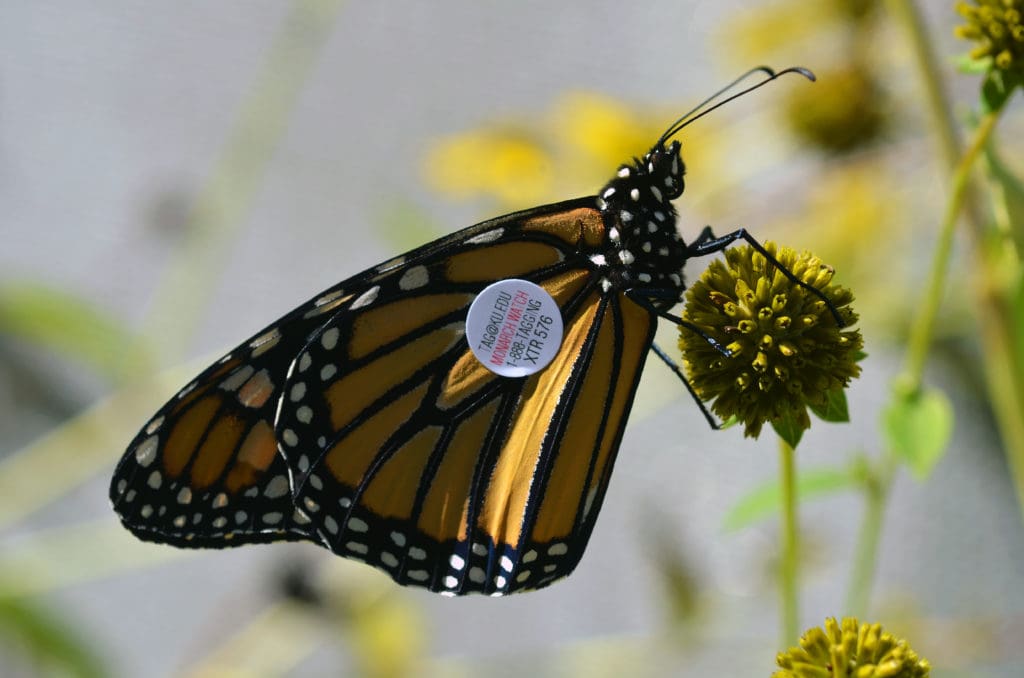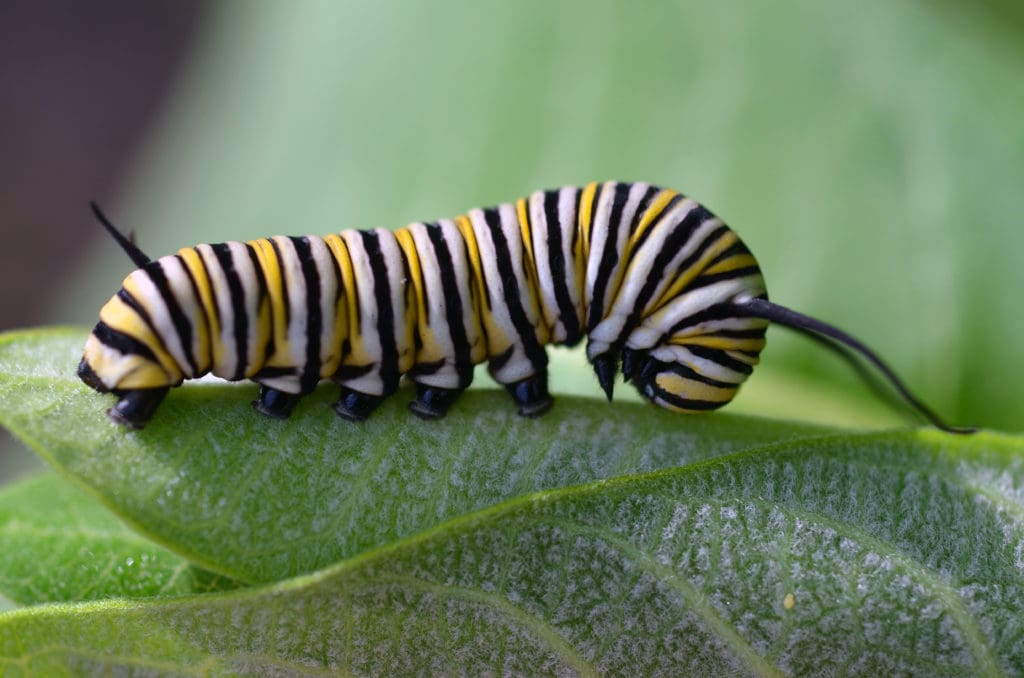Earth Day Celebration
By Virginia Fishes In Virginia FishesApril 21, 2020
The VLM was built on the idea of conserving and protecting Virginia’s natural resources. We have used Earth Day as the basis of a week-long celebration of our natural world, the numerous conservation projects we participate in and encourage our community to do so as well. There are conservation projects for every interest from butterflies to wolves, frogs to seahorses.


The VLM has leant its many years of experience and expertise rearing monarch butterflies to AZA’s first Monarch SAFE and American Turtle SAFE programs. SAFE stands for “Save Animals From Extinction”. We partner with AZA organizations all over the US to develop strategies and practices to help restore monarch butterfly populations. VLM staff raises and tags monarchs on site and we have many monarch-friendly gardens and “way stations”.






The American turtle SAFE programs focus on several species (among others) that are native to Virginia and that we display here at the VLM: Eastern box turtle, wood turtle, and spotted turtle, the last of which we successfully breed here. Most turtle species are in decline and we want to help in any way we can.




We are also part of many Species Survival Plans (SSP), including those for the red wolf and lined seahorse. SSP’s are also partnerships with other AZA organizations that monitor the wild and captive populations of red wolves and manage their breeding to maximize genetic diversity and resiliency that will enhance their success when they are released into the wild. The VLM currently houses older SSP wolves that were productive members of the program and now need a permanent home.


The lined seahorse is not a threatened and endangered species like the red wolf is, but its wild population have steadily declined for many years. The lined seahorse SSP manages the breeding programs at AZA organizations, including the VLM, to eliminate the need to capture wild seahorse and to eventually build the populations enough to release surplus sea horses into the wild. Our latest batch of babies was born just three days ago (April 16th)!


We will highlight more conservation programs in our next blog.






No Comment
Sorry, the comment form is closed at this time.